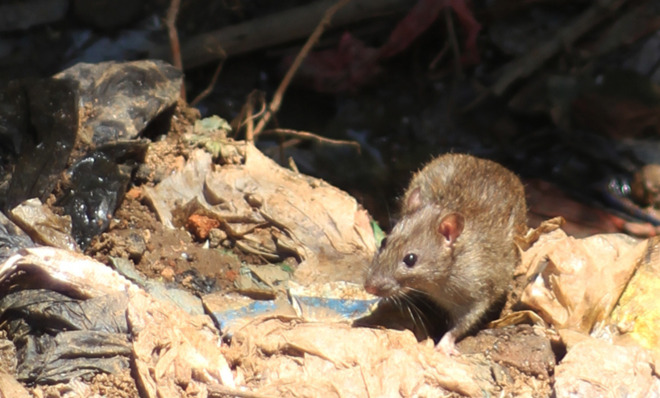The Black Death is back
And it could become antibiotic-resistant...

The Black Death is back.
One of the most devastating pandemics in human history, the Black Death — also known as the plague — killed more than 25 million people in Europe, Asia, and North Africa at its peak between 1348 and 1350. And it has re-emerged in Madagascar.
Last year, 60 people died there from the bubonic plague — the highest death toll in the world. And last week, 20 people from a single remote village died from it.
The Week
Escape your echo chamber. Get the facts behind the news, plus analysis from multiple perspectives.

Sign up for The Week's Free Newsletters
From our morning news briefing to a weekly Good News Newsletter, get the best of The Week delivered directly to your inbox.
From our morning news briefing to a weekly Good News Newsletter, get the best of The Week delivered directly to your inbox.
Madagascar’s Pasteur Institute, which confirmed that the deaths had occurred due to plague, is worried that the plague may now spread to towns and cities due to unsanitary conditions. Caused by Yersinia pestis bacteria, the bubonic plague is transmitted from rats to humans via fleas. In October, the International Committee of the Red Cross warned that Madagascar, which has been in a state of turmoil since the 2009 coup that brought Andry Rajoelina — a 39-year old former DJ — to power, was at risk of an epidemic.
And the news gets worse: Today, two cases of the deadlier pneumonic plague — which unlike bubonic plague, can be transmitted from human to human — were confirmed.
Those infected with the bubonic plague develop oozing swollen pustules called buboes on their lymph glands and suffer from fever, headache, chills, and weakness as well. Pneumonic plague attacks the lungs, causing breathing difficulties. It can kill in less than 24 hours.
The plague is usually treatable with antibiotics, especially if detected early, but the danger of outbreaks like this is that the plague may mutate into a more contagious and less treatable form. Antibiotic-resistant plague was first spotted in the wild as early as the 1990s, and antibiotic-resistant strains were developed by both the American and Soviet biological warfare programs during the Cold War.
A free daily email with the biggest news stories of the day – and the best features from TheWeek.com
So this is not just Madagascar’s problem: Breeding in the unsanitary conditions on the island are bacteria that pose a threat to people around the world.
John Aziz is the economics and business correspondent at TheWeek.com. He is also an associate editor at Pieria.co.uk. Previously his work has appeared on Business Insider, Zero Hedge, and Noahpinion.
-
 Women carrying Christmas
Women carrying ChristmasTalking Point As the Christmas frenzy ramps up, many mums feel the pressure of ‘keeping the whole sleigh on the road’
-
 Is Keir Starmer being hoodwinked by China?
Is Keir Starmer being hoodwinked by China?Today's Big Question PM’s attempt to separate politics and security from trade and business is ‘naïve’
-
 A peek inside Europe’s luxury new sleeper bus
A peek inside Europe’s luxury new sleeper busThe Week Recommends Overnight service with stops across Switzerland and the Netherlands promises a comfortable no-fly adventure